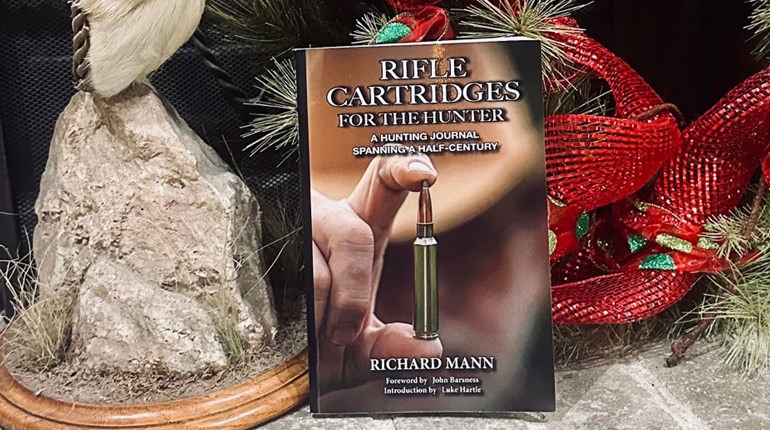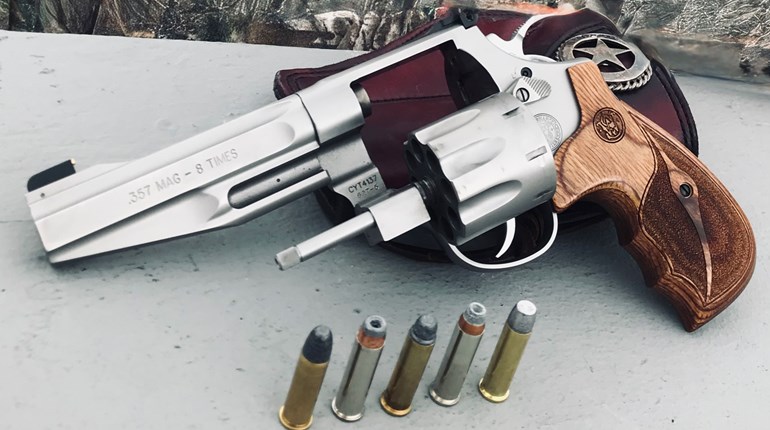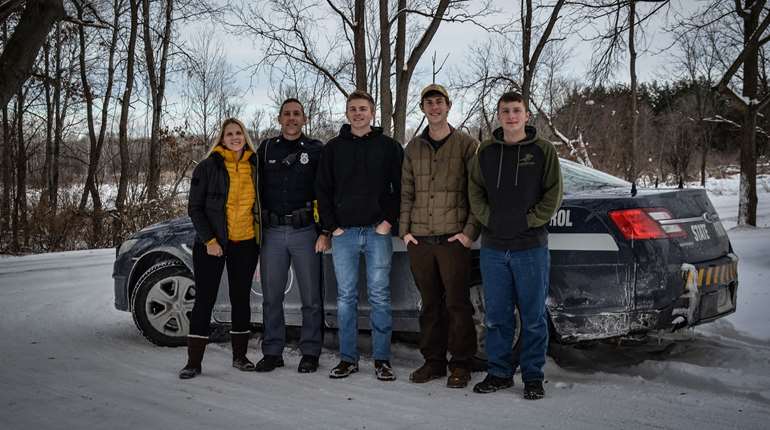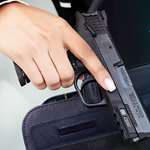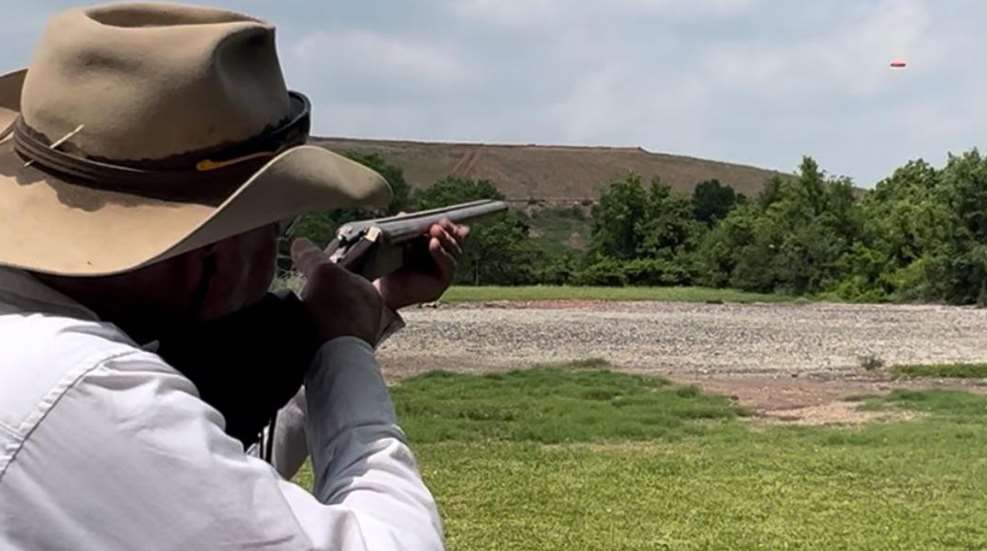
Summer is here and, in some places, it is here with a vengeance! Whether you are teaching a firearms class, giving a lesson, or just at the gun range honing your skills, do not take the heat, humidity and rising temperatures for granted. The heat can quickly sneak up on you and before you know it, a fun day at the range can become a life-threatening event. It does not have to be extreme heat conditions for heat related problems to arise.
As explained in a previous article, there four common heat-related illnesses of which you must be aware. Heat syncope, heat cramps, heat exhaustion, and heat stroke can quickly become serious if not recognized and treated quickly.
Heat syncope is usually triggered by dehydration and can make the individual feel light-headed, nauseous, and weak. Heat cramps are also referred to as muscle cramps and occur when the body is deprived of salt and fluids and a loss of electrolytes. Heat exhaustion occurs when the body overheats and is dehydrated. This condition can be most problematic in areas with high temperatures and high humidity combined with strenuous activity and should be taken seriously. Heat exhaustion is the first stage before heat stroke conditions are experienced. Medically, heat stroke occurs when the body temperature rises above 104 degrees Fahrenheit. If left untreated, it can quickly damage the brain and vital organs such as the heart, kidneys, and liver. Ultimately, heat stroke can be fatal.
By following a few preventative measures, you can significantly reduce the risk of heat-related illnesses and stay safe while outdoors during summertime weather. There are four recommended tips to prevent heat-related problems. Always stay hydrated, dress appropriately, seek shade, and rest often.

Stay Hydrated
Staying hydrated is the best way to avoid heat-related illnesses. The key to staying hydrated is to drink, and drink often. If you only take a drink when you are thirsty, are experiencing a dry mouth, are fatigued or have a headache, chances are you are already dehydrated. If you drink often, you will not get thirsty. You can do this by keeping a drink handy and taking sips at regular intervals.
Your best options for liquids are water and sports drinks. Water is always the best option since we are made up between 60 percent to 75 percent of this precious liquid. The Mayo Clinic states that we should drink eight glasses of water a day but if doing strenuous activity or in extreme heat, we should drink much more depending on the situation.
The other option for hydration is sports drinks. Sports drinks replace replenished salts and electrolytes that we lose during sweating. Another good thing about sports drinks is that individuals tend to drink more of these than water alone. There are also many different types and flavors of sports drinks that can lead to more drinking and sufficient hydration during strenuous activity.
Another good indicator of hydration is the color of your urine. Clear or pale-yellow urine usually indicates sufficient hydration. A darker-colored urine usually means you need to drink more fluids. If you are urinating frequently and the color is pale yellow, this is a good indicator that you are hydrated.
Dress Appropriately
It is important to protect your head, face, arms and legs from direct sunlight. Starting at the top, whenever you are out in direct sunlight, a wide-brimmed hat is important to protect the head, face, ears and neck. The hat should be made with cooling fabric with ventilation to allow heat to escape. A ball cap does not give adequate protection because it leaves the ears and neck exposed. Always protect your eyes from the sun’s harmful ultraviolet rays by wearing sunglasses, especially while shooting.
The next item to consider is the type of shirt to wear. Today’s consumer has many options regarding moisture-wicking and cool fabric technology. In extreme heat conditions, a light-colored, long-sleeved, moisture-wicking or cool fabric shirt should be worn. This helps your body cool down through evaporation of sweat. The shirt should be a light color to reflect some of the sun’s rays, and it needs to be long-sleeved to protect the arms from ultraviolet rays. Lastly, the shirt should have a snug fitting neck to prevent hot brass from falling down your shirt while on the range.
The last two items should be long-legged pants made of quick-dry material and closed-toed shoes. These items protect the legs and feet from ultraviolet rays. They also offer protection from flying hot brass.

Seek Shade
When outside in extreme heat, it is wise to seek out and take advantage of shade whenever possible. Even when you take precautions such as staying hydrated and dressing properly, seeking shade is extremely important. Shade can cool you down by getting you out of the direct sunlight. Proper shade can provide relief from the surrounding temperature as much as 10 to 15 degrees.
Pop-up canopies are a great way of acquiring shade. If there is no cover where you are shooting, raising a pop-up canopy can be a real lifesaver. Most ranges do not mind if you put up your own shade if it does not affect safety or the other shooters. This is especially true if you have access to private bays or private areas away from the public shooting line.
If you are allowed to put up a canopy, do not buy the cheapest one you can find. The low-cost canopies rarely last through the summer season. If you can find one, opt for a commercial grade canopy. You will pay more up front but save money in the long run because, depending on the quality, a commercial grade canopy should last for years.
Rest Often
Another important way to beat the heat is to take frequent breaks ideally in the shade or air conditioning, and rest often. Pushing yourself in extreme heat conditions only leads to heat-related illnesses. When it is a scorcher outside, your body and mind need to rest. It helps cool the body down and keep the mind clear.
Refusing to take frequent breaks and resting can lead to heat syncope, heat or muscle cramps and the more serious conditions of heat exhaustion and heat stroke. Also, not giving your mind a chance to rest can lead to safety violations and accidents such as negligent discharges, and confusion and fatigue can lead to trips and falls. These in turn can lead to serious bodily injury or even death.
Extreme heat can cause very serious and life-threatening conditions. You should use common sense and do your best to stay cool. By following these four basic tips to avoid heat-related conditions, you can maintain or improve your shooting skills in the summertime during extreme heat conditions. The best way to prepare for the heat is to take precautions to prevent heat-related illness.













